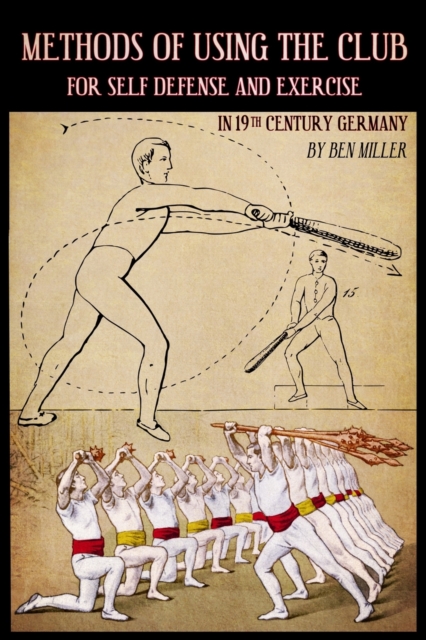Since the dawn of human history, the club has been popularly regarded as the most primitive of weapons-the first that early man was able to crudely fashion using his own two hands, for the purposes of self-defense, hunting, and war. However, as the millennia progressed, the club developed a romantic allure, becoming associated with heroic figures such as Hercules, medieval fencing masters, and European strongmen as well as strongwomen. Later, the use of the club was also advocated by military authors of fencing treatises as physical conditioning for saber fencing. In this book, we examine the use of the club as both a weapon of self-defense and an exercise tool-with particular regard to its use in the nineteenth century Germanic speaking world-and examine a number of obscure technical sources that have hitherto escaped the notice of modern scholars and historians. Among the most interesting, and reprinted in a full bilingual version within this book, is a concise fencing treatise detailing the use of the massive, two-handed club. Published in 1855 in Germany, but with Scandinavian roots, this method looks at the use of the club for its serviceability as a tool of both self-defense and self-development (i.e., the cultivation of body, mind, and spirit). This club-method was part of a larger, holistic fencing system, that was intended to inculcate in the practitioner a knowledge of fencing theory and mechanics that could be applied to any weapon. As the author of the treatise explains: "The mere technical or regulatory exercises in the use of the club would indeed appear to be useful, in that one would be practicing the appropriate handling of that two-handed and massive cutting weapon and, in the event of an emergency, a club (or a club-like weapon), such as may be at hand, would then be able to be used with skill and safety... at the same time, they contain aesthetic elements which the trained gymnast can easily make use of." Methods of Using the Club contains extensive footnotes, more than sixty-five drawings, paintings, and photographs from history, and both an English translation and the original German version of the aforementioned treatise. CONTENTS Acknowledgments - vii
I: Introduction - 1
II: Notes on the Treatise - 47
III: Treatise (English Translation) - 61
IV: Treatise (German Transcription) - 89
V: Additional Club Exercises - 103
VI: Epilogue - 109
Bibliography - 111
About the Author - 115
Additional Works - 116











